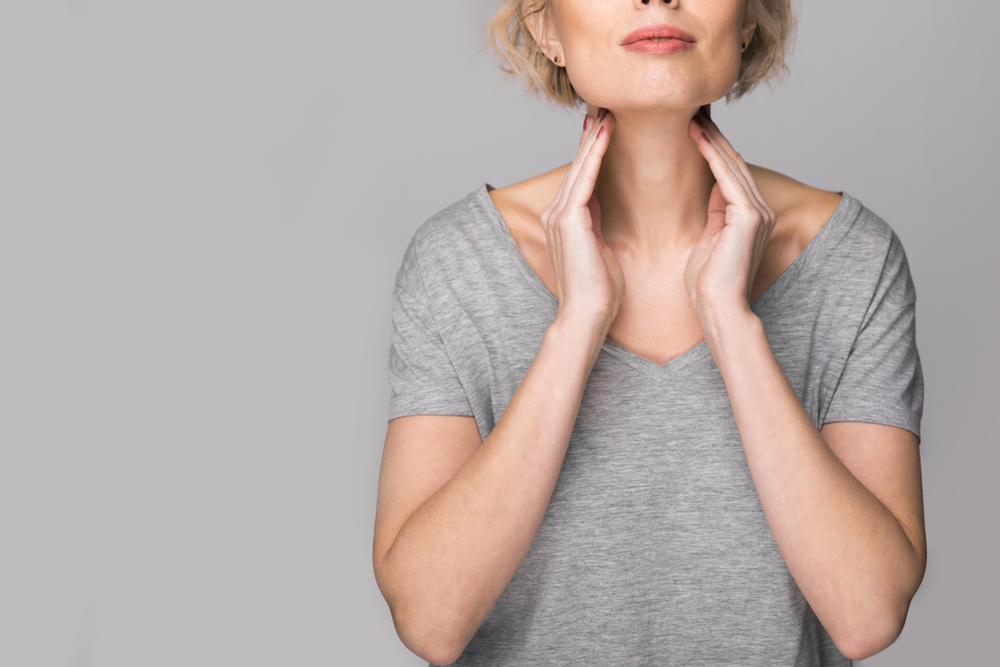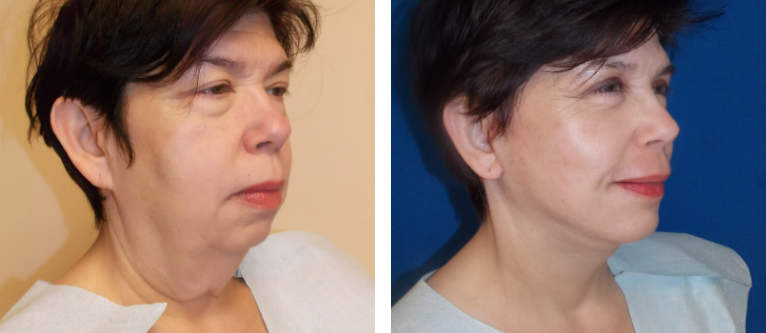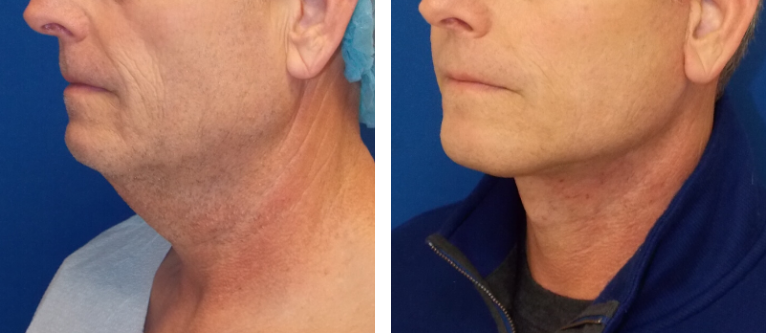Many woman and men seek cosmetic treatments, such as dermal fillers, to restore age-related volume loss and add youthful fullness to their face.
However, some individuals experience the opposite problem and elect to have buccal fat removal to slim their cheeks and refine their appearance.
So, what is buccal fat removal and how is it performed?
Read on as we answer these questions and outline what patients can expect should they decide to undergo buccal fat removal.
What Is Buccal Fat Removal?
Buccal fat removal is a surgical procedure designed to slim the cheeks by removing buccal fat pads from cheek hollows. It is well-suited for healthy women and men that are at a stable weight and bothered by cheek fullness and a rotund facial appearance.
How is Buccal Fat Removal Performed?
Patients interested in buccal fat removal should seek a consultation from a board-certified plastic surgeon to discuss treatment benefits and risks and ensure that they are a good candidate.
The procedure is typically performed under general anesthesia or IV sedation and involves making an incision inside the cheek in order to access and remove the buccal fat pad.
However, if buccal fat removal is done in conjunction with a facelift, cutting inside the mouth is not necessary.
The incision is then closed using absorbable sutures, and it’s important that patients take care not to disrupt or irritate them with their tongue.
Buccal Fat Recovery and Results
Following buccal fat removal, patients will be on a liquid diet for several days. They will also be instructed to use a mouth rinse in order to reduce the chance of a post-operative infection.
Complete healing can take several weeks. Swelling should gradually decrease during this time, and patients can begin to note a more contoured cheek appearance and added facial definition.
However, it may be several months before final results are revealed.
If you are considering buccal fat removal, please call our office today to schedule a comprehensive consultation with board-certified plastic surgeon Dr. Navin Singh.








